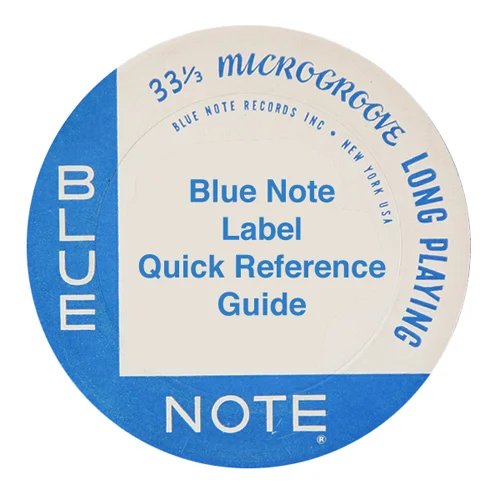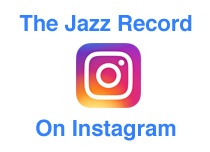Keepin' It Real: Thelonious Monk - "Monk's Dream"
/Thelonious Monk • Monk's Dream • 1963 • Columbia Records
Recorded Oct & Nov 1962 in New York City
The Selections:
The Tracks:
A1. Monk's Dream
A2. Body And Soul
A3. Bright Mississippi
A4. Five Spot Blues
B1. Bolivar Blues
B2. Just A Gigolo
B3. Bye-Ya
B4. Sweet And Lovely
The Players:
Thelonious Monk - Piano
Charlie Rouse - Tenor Sax
John Ore - Bass
Frankie Dunlop - Drums
The Record:
Monk & Rouse At The Jazz Gallery In NYC (Photo By Larry Fink)
I can listen to Thelonious Monk play just about anything. His angular, percussive style has always hit me in my sweet spot. He was one of the first major jazz artists I discovered after my initial exposure to Miles and Coltrane a couple decades ago, but for years I stubbornly dismissed his Columbia output as somehow inferior to his more groundbreaking work on Blue Note, Prestige and Riverside. That all changed about fifteen years ago when I came across a copy of Solo Monk at an ARC Thrift store for $1 (I know some of you out there remember the days when you could find great jazz LPs sitting around in dollar bins). The record turned me on to the fact that Monk was still performing high quality music in the 1960s, and I quickly went on to explore his Columbia discography and a whole new world of the eccentric and visionary pianist's music opened up to me.
Monk's Dream was Monk's debut release on Columbia, and like the rest of his releases on the label from 1963 through 1968 the album teams him up with the underrated tenor master Charlie Rouse. The more I listen to this period of Monk, the more obvious it becomes just how vital Rouse was to the success of these records. His rapport with the pianist is obvious, and very impressive right out of the gate on their first recording together. Those of you who are familiar with Monk's legendary albums from the previous decade know how he was able to bring out the best from some of the finest tenor players of the time, be it Sonny Rollins, Coltrane or Johnny Griffin. In contrast, I often feel that on the Columbia recordings, it is often Rouse who is pushing Monk to be at his best, keeping the music fresh and vibrant.
As would be his modus operandi for most of his Columbia recordings, Monk's Dream finds the quartet exploring a combination of material both old and new. Maybe this was one reason that I initially had little interest in these records: why bother listening to simple rehashes of already great tunes? That's the thing, though, these are not mere retreads of Monk compositions, made for a quick cash grab. This quartet brings something new to the songs at each turn, with a connection between the musicians that other groups must have viewed with some degree of envy. The highlight of the album is often cited as "Bright Mississippi", the one tune that Monk had not previously recorded, and it's hard to argue against it's many merits. It shows that the great pianist still had his composer chops intact, and it showed that this new quartet was a force to be reckoned with on new material.
Every track on the album is uniformly strong (with the title track and the two solo pieces standing out), but for my money the best track is the closer "Sweet And Lovely". It is the perfect song to close out the album, and the quartet approaches perfection in it's performance. It's more upbeat than the version that appears on Thelonious Monk Quartet with John Coltrane at Carnegie Hall, this one seeming to emphasize the "sweet" aspect as much as the "lovely". Monk's intro is fantastic, with Frankie Dunlop in sync with him on the drums every step of the way. When Charlie Rouse busts in, it reminds us of what he can bring to the tenor. His solo is robust, but there is still an emotional underpinning that shows why he was the perfect partner for Monk during the Columbia years. Listening to the song, I can almost feel the the quartet's satisfaction at putting their stamp on a well known popular song from the 1930s, showing off to the jazz world that they better take notice, there's a new group in town, and it's one that won't settle for being second best.
The Vinyl:
The Details: My copy is an original 1963 mono pressing with the classic 2-eye Columbia label. It was also issued in stereo, but with "Stereo 360 Sound" along the bottom.
The Price: I paid around $20 for it about six years ago during a visit to Amoeba Records in Los Angeles. That seems to be the average going rate for the LP on eBay even today, signaling to us that Monk's major label debut sold well and original pressings are not considered to be that rare.
The Sound: Fantastic analog sound with lots of depth and volume, as to be expected from an early '60s release on Columbia. Jazz was still a big commodity at this time, and it's obvious the label didn't skimp on the production and recording on this important release.
Final Thoughts:
If you're new to the world of Thelonious Monk, Monk's Dream is a great place to start to discover the legendary jazz talent's musical approach and compositional prowess. It shows off everything that made the man a singular talent in the jazz world. I would certainly recommend an eventual exploration of the important albums from earlier in his career, in particular his groundbreaking Blue Note sessions on Genius of Modern Music Volumes 1 & 2 (although the savvy purchase would be the 2-LP set The Complete Genius from 1976), his classic Riverside recordings Brilliant Corners and Monk's Music and finally the near-perfect Thelonious Monk and Sonny Rollins on Prestige. A collection with those historical recordings and Monk's Dream leaves you with the core Monk LPs that are essential to any respectable jazz collection, and one that sets you up perfectly to fill in the blanks with everything else (especially his solo recordings) that Thelonious Monk had to offer the jazz world.












